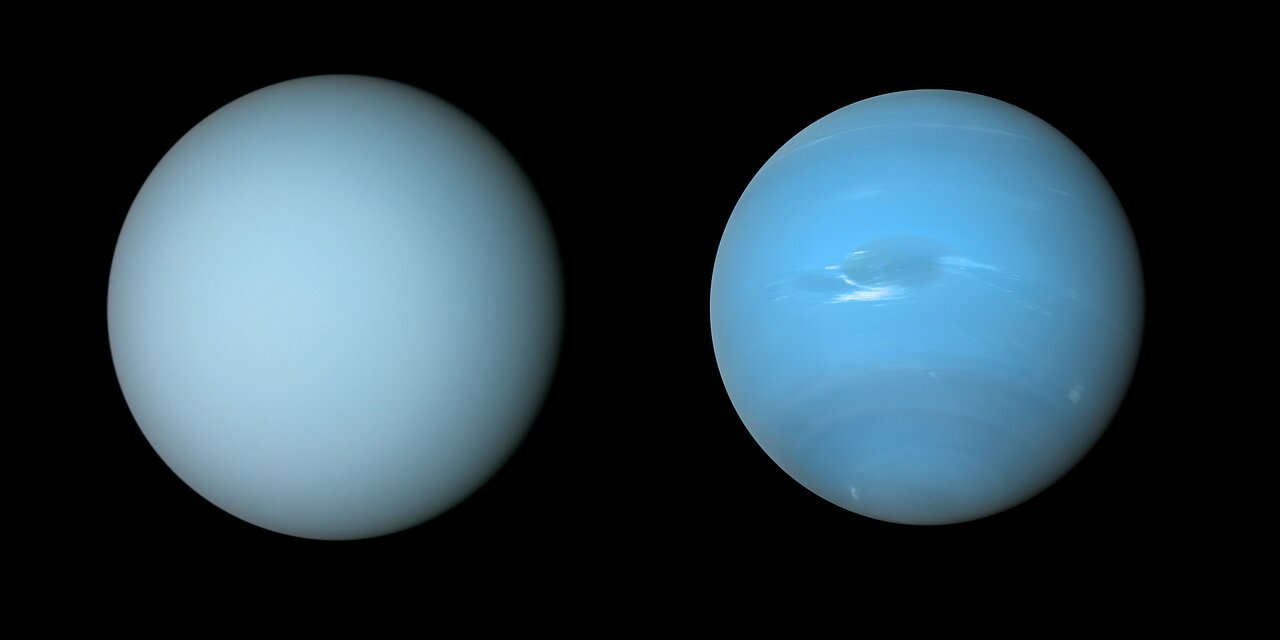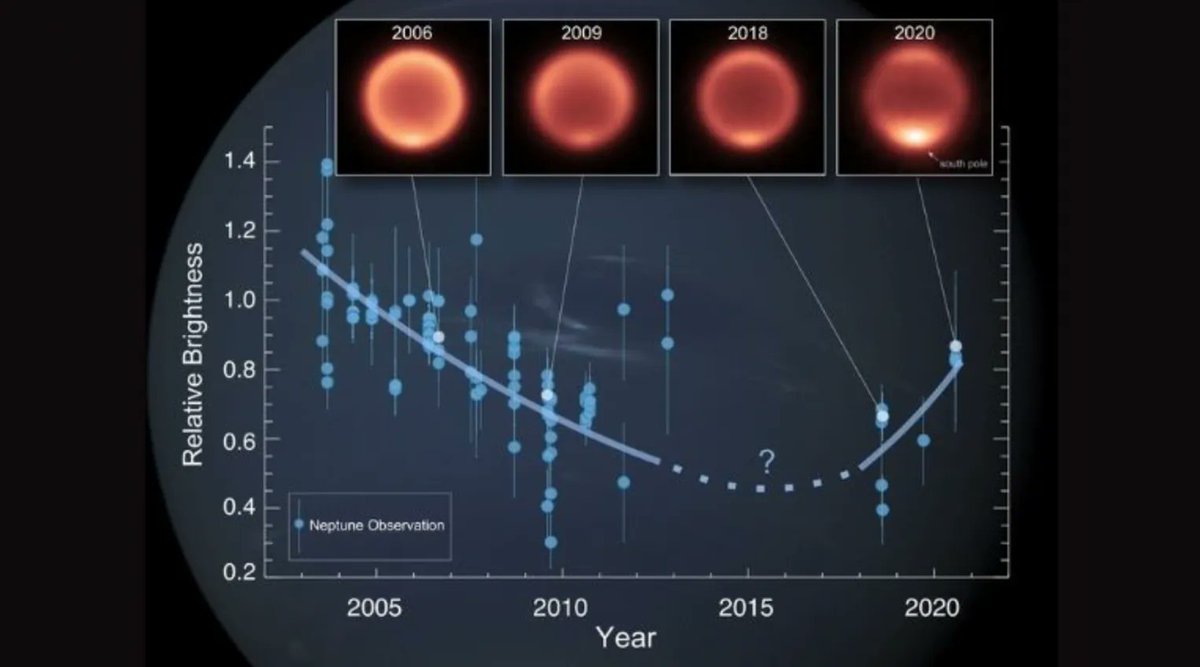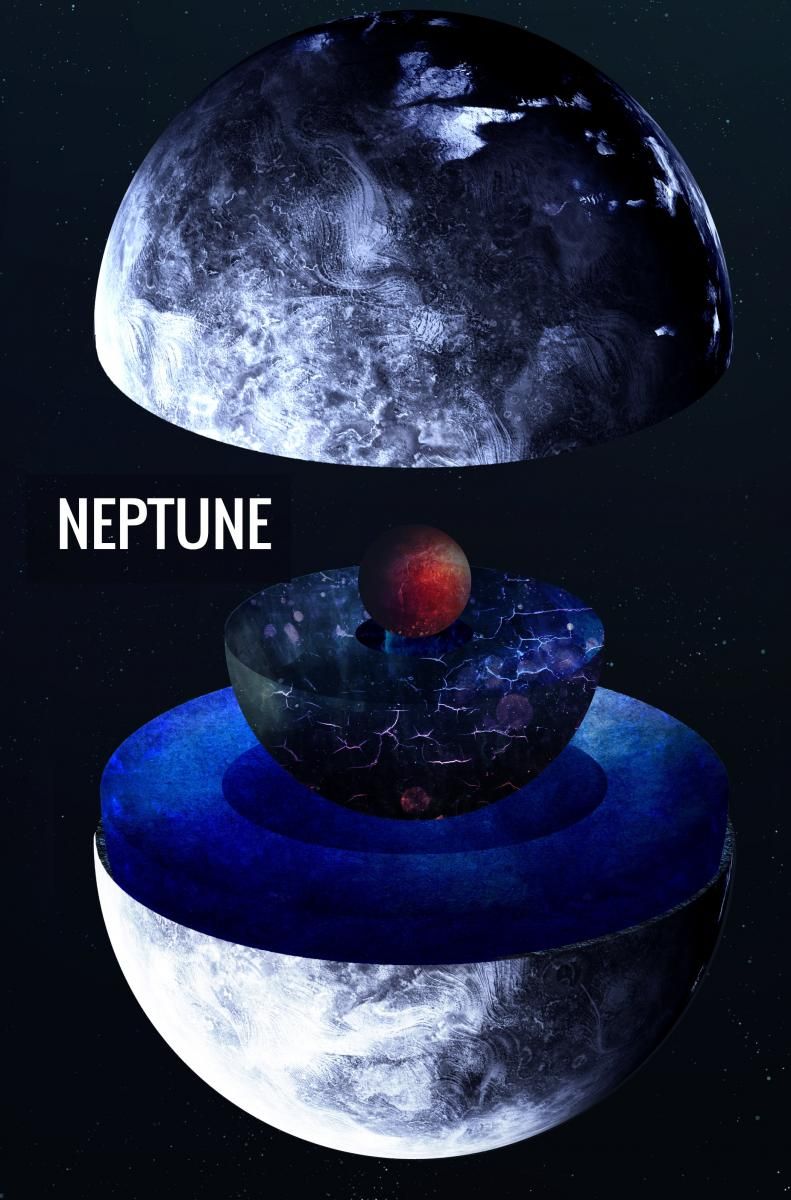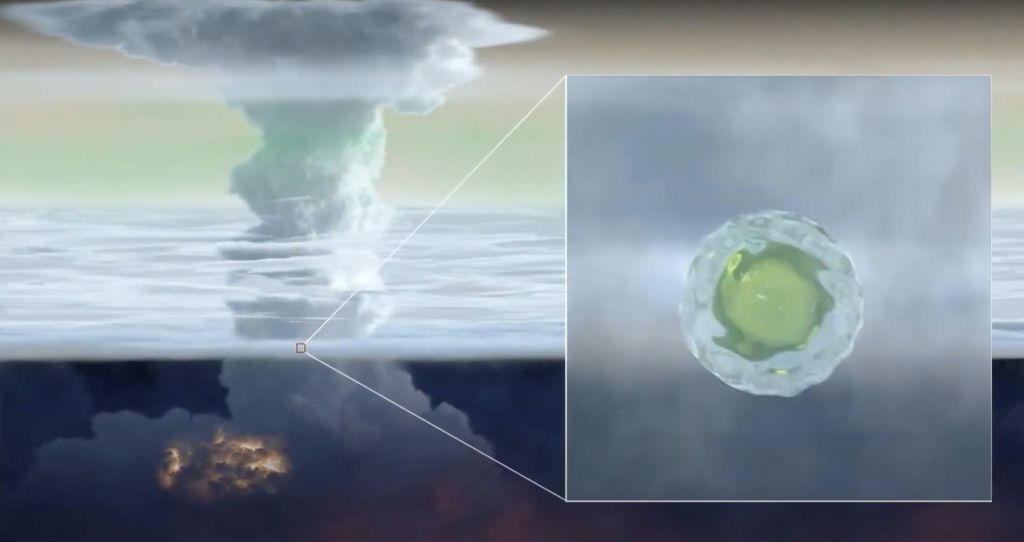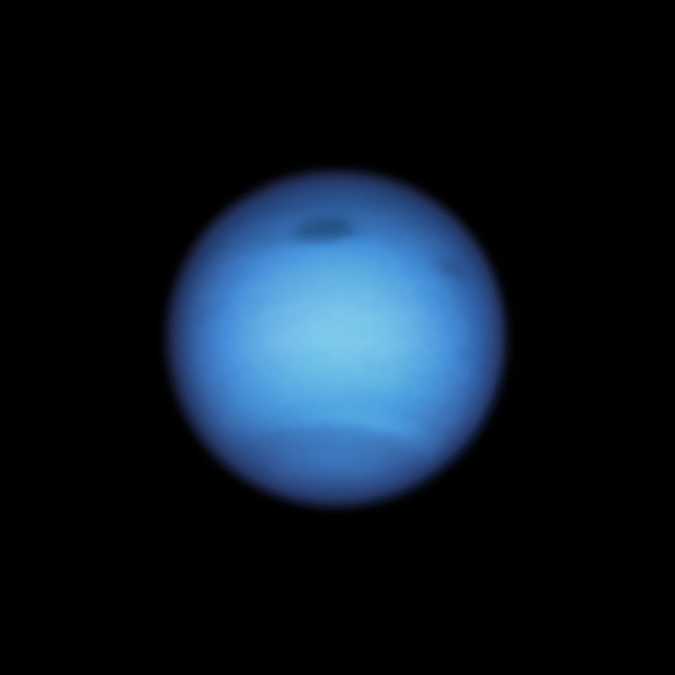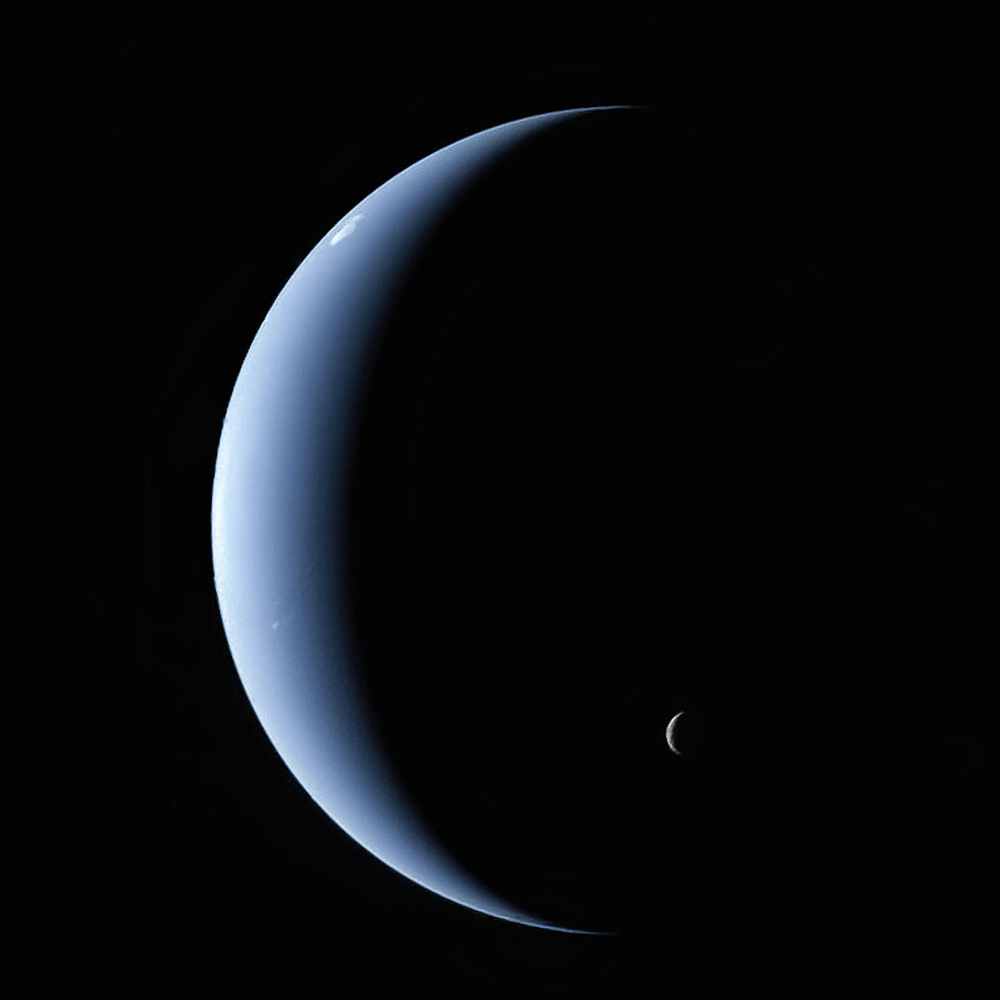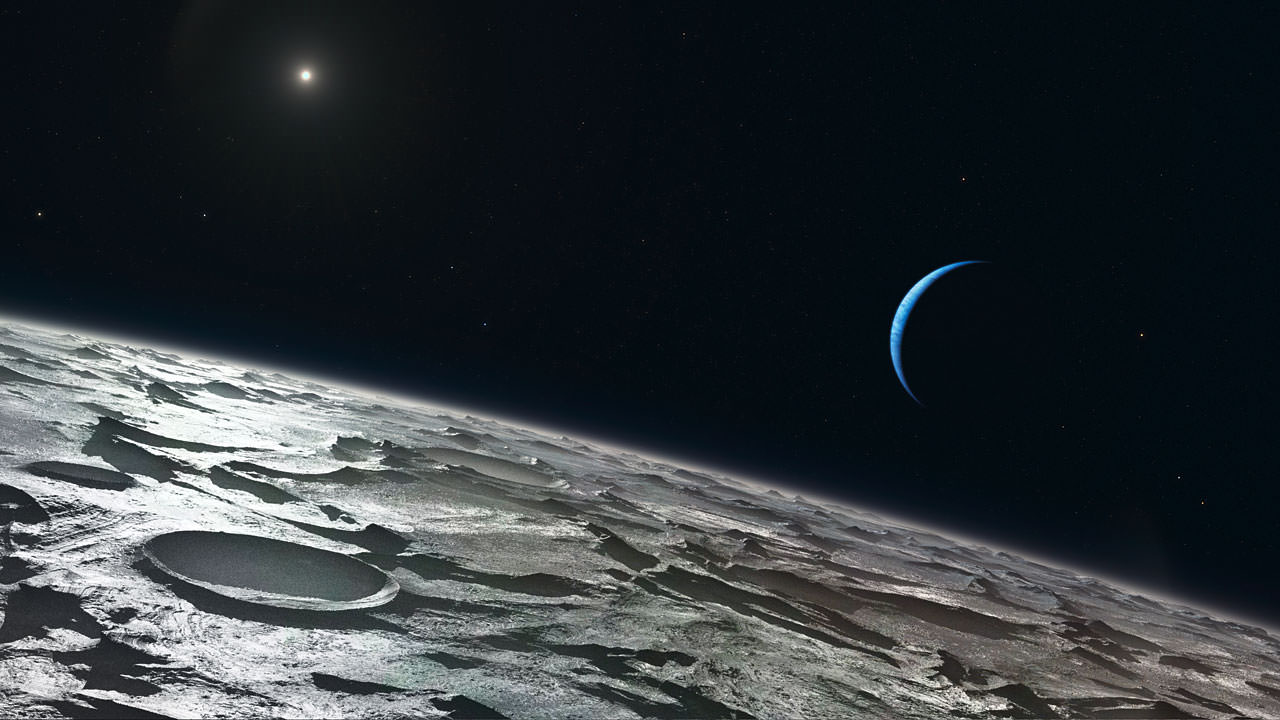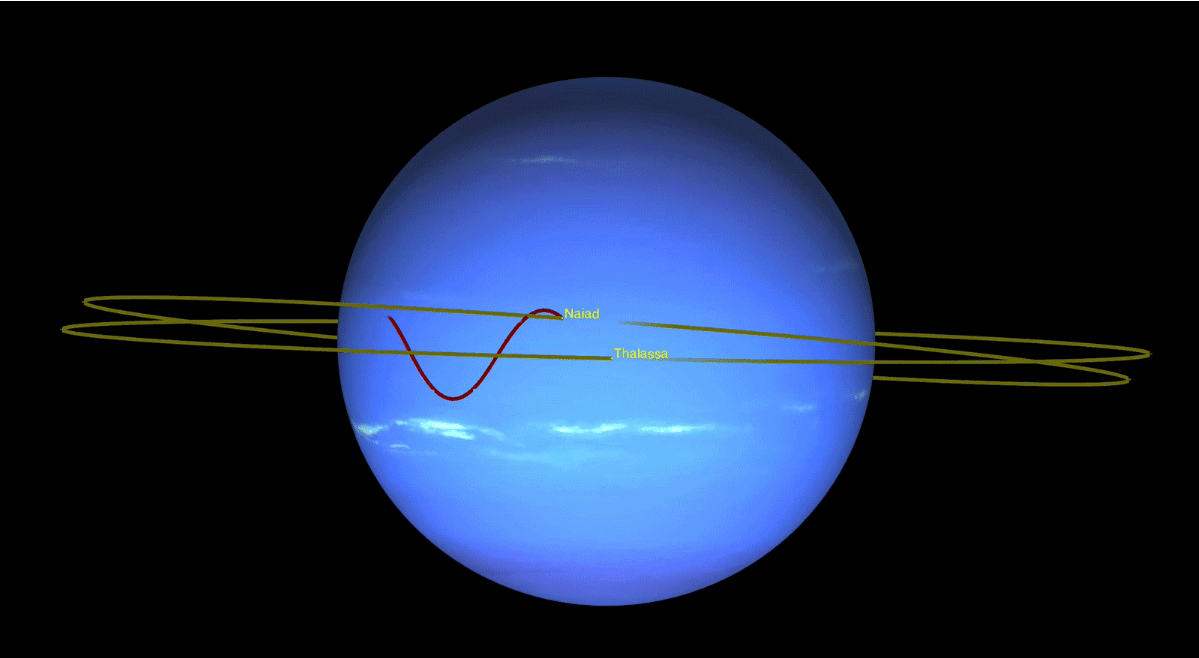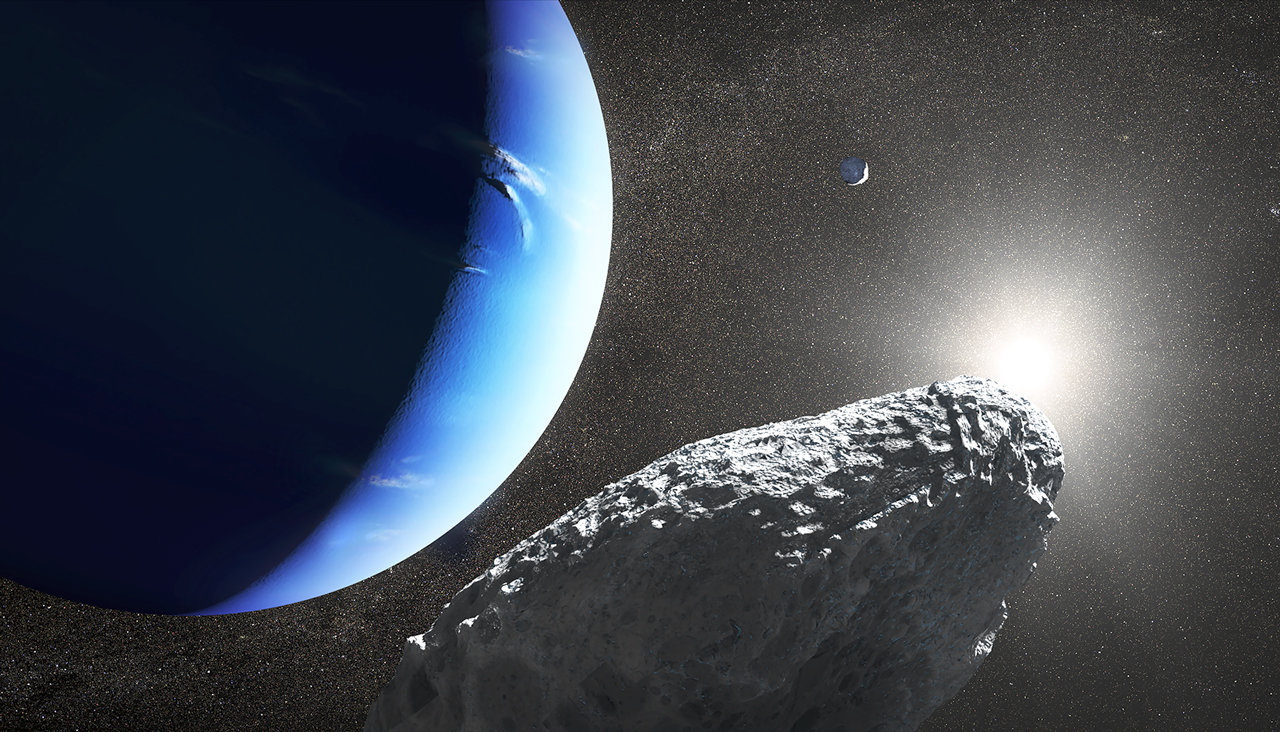Way back in the late 1980s, the Voyager 2 spacecraft visited Uranus and Neptune. During the flybys, we got to see the first close-up views of those ice giants. Even then, planetary scientists noticed a marked color difference between the two. Yes, they both sport shades of blue. But, if you look closely at Uranus, you see a featureless pale blue planet. Neptune, on the other hand, boasts interesting clouds, dark banding, and dark spots that come and go. They’re all set against a darker blue backdrop.
So, why the difference? Planetary scientists have long suspected aerosols (droplets of gas that have liquids or dust suspended in them) in each atmosphere. But, according to a team of scientists studying the layers of the planets, the hazes those aerosols create may only be part of the story.
Continue reading “Why are Uranus and Neptune Different Colors? Haze”
